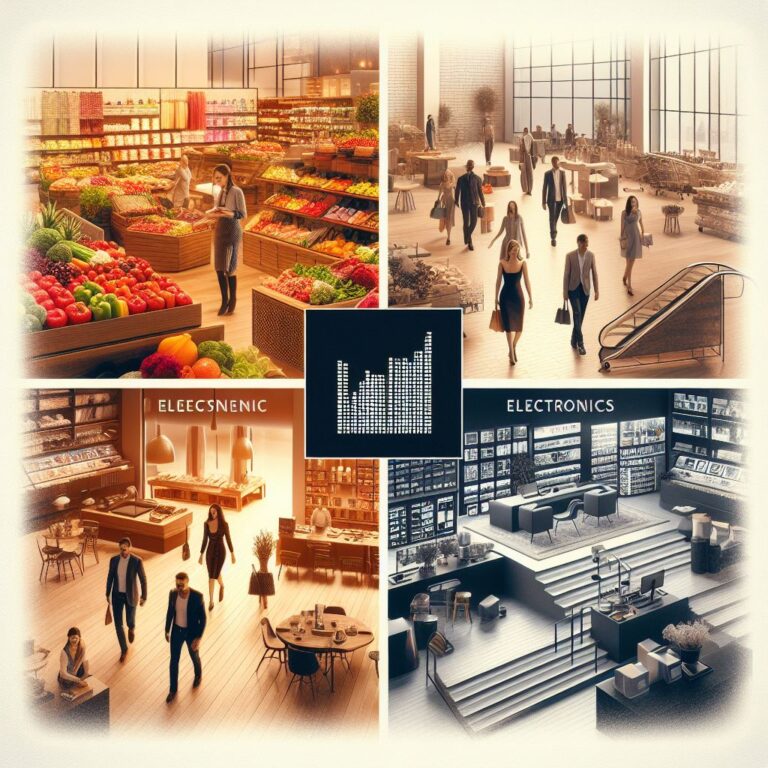Key Retail Segments and Departments

This section delves into the diverse landscape of retail segments, each with its unique characteristics, consumer demands, and operational challenges.
Food and Beverage Retail
This segment focuses on supermarkets, grocery stores, specialty food shops, and beverage retailers. It’s characterized by a need for excellent inventory management due to perishable goods, and a strong emphasis on quality and safety standards. Market trends show an increasing demand for organic and locally sourced products.
Fashion and Apparel
Fashion retail covers everything from budget clothing stores to luxury fashion boutiques. Key trends include fast fashion, sustainable and ethical clothing, and the integration of technology for personalized shopping experiences. Successful fashion retailers often stand out for their branding, customer loyalty programs, and agile supply chain management.
Electronics
The electronics retail segment, encompassing retailers of consumer electronics, gadgets, and home appliances, is marked by rapid product innovation and short product life cycles. Trends include the growing demand for smart home devices and eco-friendly electronics.
Home Goods
Retailers in this segment offer furniture, home decor, and domestic items. Trends in this segment include a focus on sustainable and artisanal products, as well as the integration of virtual reality for virtual home design experiences.
Case Studies
Each subsection will feature case studies of successful retailers, highlighting their strategies and innovations in meeting the demands of their respective segments.
Departments Within a Retail Store
This section provides an overview of the various departments within a retail store, each playing a vital role in overall operations.
Sales Floor
The heart of the retail experience, the sales floor is where customers interact with products. This section will cover layout strategies, visual merchandising, and sales tactics.
Stock Room
The stock room is crucial for inventory management. This subsection will discuss inventory control methods, organization strategies, and the role of technology in stock management.
Cashier and Checkout
The checkout area is not just a transaction point but also an opportunity for last-minute sales and customer service. This part will explore efficient checkout processes and the growing use of self-service technologies.
Customer Service
A dedicated customer service department is vital for handling inquiries, returns, and complaints. This subsection will discuss the skills required for effective customer service and the role of customer feedback in business improvement.
Inter-Departmental Coordination
The final part of this section emphasizes the importance of coordination among different departments for smooth store operations, customer satisfaction, and overall business efficiency.